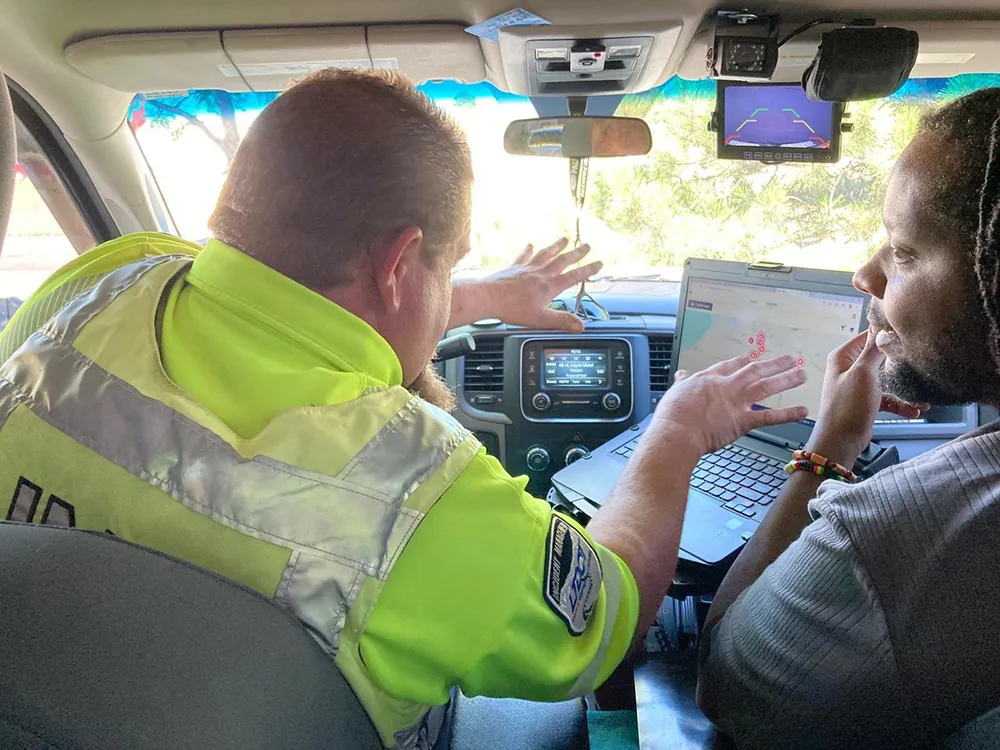Results from the recent
TISPOL general secretary Ruth Purdie says driver behaviour remains the most important barrier to progress as 2020 and its reduction targets approaches and there are still too many drivers who putting other road users at risk by exceeding speed limits.
"We can’t impose responsible behaviour; we need to show all road users the value of a driving culture based on respect for the rules, and thus towards other road users. I believe this is central to a coordinated plan that will help us regain vital momentum in casualty reduction."
Results from TISPOL's recent 24-hour speed enforcement marathon
Results from the recent TISPOL 24-hour speed enforcement marathon which took place on Thursday 21 April and Friday 22 April show that 22 countries were involved, 2,463,622 vehicles were checked and 122,508, or 4.97 per cent of vehicles checked, were speeding. Put another way, the results show that 19 out of every 20 drivers checked were within legal speed limits.
May 3, 2016
Read time: 1 min









